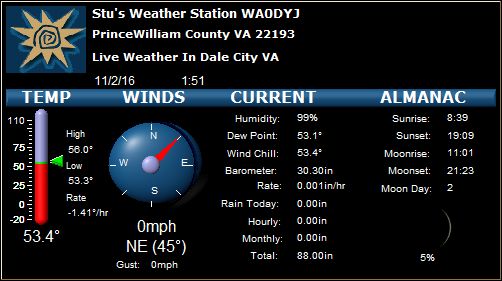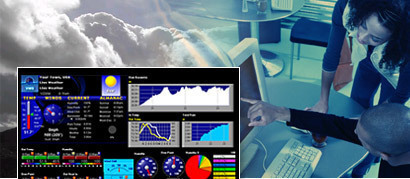

Philadelphia remained the nation's largest city until 1790, when it was surpassed by New York City, and served as the nation's first capital from until December 12, 1776, and on four subsequent occasions during and following the American Revolution, including from 1790 to 1800 while the new national capital of Washington, D.C. Constitution was later ratified in Philadelphia at the Philadelphia Convention of 1787. Once the Revolutionary War commenced, both the Battle of Germantown and the Siege of Fort Mifflin were fought within Philadelphia's city limits. Philadelphia hosted the First Continental Congress in 1774 following the Boston Tea Party, preserved the Liberty Bell, and hosted the Second Continental Congress during which the founders signed the Declaration of Independence, which historian Joseph Ellis has described as "the most potent and consequential words in American history". Philadelphia went on to play a historic and vital role in the 18th century as the central meeting place for the nation's founding fathers whose plans and actions in Philadelphia ultimately inspired and resulted in the American Revolution. The city served as capital of the Pennsylvania Colony during the British colonial era.


Philadelphia was founded in 1682 by William Penn, an English Quaker. The city's population as of the 2020 census was 1,603,797. Since 1854, the city has been coextensive with Philadelphia County, the most populous county in Pennsylvania and the urban core of the Delaware Valley, the nation's seventh-largest and world's 35th-largest metropolitan region, with 6.245 million residents as of 2020. Philadelphia, often called Philly, is the largest city in the Commonwealth of Pennsylvania, the sixth-largest city in the U.S., the second-largest city in the Northeast megalopolis and the Mid-Atlantic region after New York City, and the 68th-largest city in the world. EF5 (violent): 200-230 mph, (rare) incredible damage.Broad Street Line, Market–Frankford Line, PATCO Speedline.EF4 (violent): 166-199 mph, devastating damage.EF2 (strong): 111-135 mph, considerable damage.EF1 (weak): 86-110 mph, moderate damage.In this tornado simulator, the fastest wind speed is 220 miles per hour, but tornadoes' wind speeds can be as high as 300 miles per hour.Īll tornadoes, and most other severe local windstorms, are assigned a single number from the Enhanced Fujita Scale according to the most intense damage caused by the storm. That's why increasing the difference in pressure also increases the wind speed in this simulation. A bigger difference in pressure makes a bigger tornado with faster winds. This low pressure area draws in higher pressure air and forms the vortex that leads to a tornado. Most tornadoes have a calm center with low air pressure. Pressure difference and rotating speed: The pressure diff refers to the air pressure at the center of the funnel compared to the surrounding air. The effects of the wind from the tornado are much bigger than just the funnel, though. Funnel width: The part of the tornado we can see is the funnel, which is the tube that extends from the cloud to the ground.


 0 kommentar(er)
0 kommentar(er)
